Sourav Pan
Transcript
The first key characteristic of asexual reproduction is that it requires only one parent organism.
Unlike sexual reproduction, a single organism can produce offspring without the need for a mate.
The parent organism undergoes various processes to produce new individuals.
The second characteristic is that offspring are genetically identical to the parent.
Since only one organism contributes genetic material, the offspring are essentially clones with the same DNA as the parent.
The third characteristic is that asexual reproduction is generally faster than sexual reproduction.
Without the need to find a mate or produce specialized sex cells, asexual organisms can reproduce more rapidly.
The fourth characteristic is that asexual reproduction is common in simpler organisms.
It frequently occurs in bacteria, many plants, and simpler animals that may not have evolved complex reproductive systems.
Asexual reproduction may be triggered by specific environmental conditions, allowing organisms to rapidly colonize stable environments or respond to stress.
The fifth key characteristic relates to the evolutionary significance of asexual reproduction.
Asexual reproduction shapes the evolutionary trajectory of species through both its advantages and limitations.
While it allows for rapid colonization and preservation of successful traits, the lack of genetic recombination limits adaptation to changing environments.
These key characteristics make asexual reproduction an important reproductive strategy in the natural world.
Binary fission is the primary method of reproduction in prokaryotes such as bacteria.
In this process, a single bacterial cell divides into two identical daughter cells.
The process begins as the bacterial cell elongates, increasing in size.
Next, the bacterial DNA replicates, creating two identical copies.
The cell membrane then grows inward, creating a division septum.
Finally, the cell completes division, resulting in two identical daughter cells.
Let’s look at E. coli as a specific example. Under optimal conditions, these bacteria can divide every twenty minutes.
This rapid reproduction leads to exponential population growth. After just one hour, a single bacterium can give rise to eight cells.
Budding is an asexual reproduction method where a new organism develops from an outgrowth or bud on the parent body.
In this process, a small outgrowth or bud forms on the parent organism, develops into a new individual, and eventually detaches to live independently.
Let’s examine budding in unicellular organisms, specifically in yeast cells.
First, a small bud forms on the surface of the parent yeast cell.
As the bud grows, it receives a copy of nuclear material from the parent cell.
Finally, when the bud reaches a sufficient size, it separates from the parent cell as a new individual yeast cell.
Now let’s look at budding in a multicellular organism, the Hydra.
Hydra budding begins with a small outgrowth forming on the side of the parent body.
As the bud grows, it develops its own tentacles and mouth, becoming a miniature version of the parent.
Finally, the fully formed bud detaches from the parent Hydra and begins its independent life.
To summarize the key points about budding: It produces genetically identical offspring or clones. It occurs in both unicellular organisms like yeast and multicellular organisms like Hydra.
Budding is an energy-efficient reproduction method for the parent, and it can occur repeatedly throughout the parent organism’s life.
Fragmentation is an asexual reproduction method where an organism breaks into parts.
Each fragment can then develop into a complete individual organism.
A well-known example is the starfish. When a predator bites off an arm, that severed arm can regenerate into a complete new starfish.
The arm contains enough genetic material and specialized cells to form an entirely new individual.
Planaria, or flatworms, demonstrate an even more remarkable ability. They can be cut into multiple pieces, and each piece will regenerate into a complete new worm.
Scientists have shown that planaria can regenerate from fragments as small as one three-hundredth of the original worm.
Each fragment contains special cells called neoblasts, which act like stem cells to rebuild the entire body.
It’s important to distinguish fragmentation from regeneration. While they may seem similar, they serve different purposes.
Fragmentation is a reproductive process that creates entirely new organisms from fragments. Each fragment becomes an independent individual.
In contrast, regeneration is a survival mechanism where an organism repairs or replaces damaged parts while maintaining its identity as a single individual.
Fragmentation provides unique evolutionary advantages, especially in environments where rapid reproduction and habitat expansion are beneficial.
Regeneration is a fascinating form of asexual reproduction where organisms can regrow damaged parts.
In some remarkable organisms, this ability extends beyond simple repair to creating entirely new individuals from small fragments.
Not all regeneration leads to new individuals. Let’s compare the types of regeneration found in different organisms.
The Hydra exemplifies complete regeneration. When cut into pieces, each fragment can develop into a new, fully functional organism.
Planaria, or flatworms, show even more impressive regeneration. They can be cut into multiple pieces, with each fragment developing into a complete new organism.
While many organisms can regenerate parts, only some have the remarkable ability to produce entirely new individuals through regeneration.
Complete regeneration represents a powerful survival mechanism that allows certain species to reproduce asexually from even the smallest fragments.
Sporogenesis is a form of asexual reproduction that occurs through spores.
Spores are single cells that can develop into new organisms without fusion with another cell.
A spore contains all the genetic material needed to grow into a complete organism.
In fungi, spores are produced in specialized structures.
These spores are released and dispersed by wind or water to grow into new fungi.
Algae also reproduce through spores.
Inside algae cells, spores form and are eventually released to develop into new algae.
While spores are haploid in many organisms that use both sexual and asexual reproduction,
asexual spores contain the full genetic material of the parent organism.
This allows the spore to develop into a genetically identical copy of its parent.
Sporogenesis is a remarkably efficient means of reproduction found across fungi, algae, and some plant species.
Rapid population growth is one of the most significant advantages of asexual reproduction.
In asexual reproduction, a single organism can produce multiple offspring without needing to find a mate.
This allows populations to grow exponentially, doubling with each generation.
There are several reasons why asexual reproduction leads to faster population growth.
Bacteria demonstrate this advantage perfectly. A single bacterial cell can divide every twenty minutes under ideal conditions.
This allows bacterial colonies to form rapidly, with a single cell potentially producing billions of offspring in just 24 hours.
Plants that reproduce asexually through runners or rhizomes also show rapid population growth.
A single plant can produce multiple new plants, spreading quickly across available habitat.
This growth pattern is exponential rather than linear, allowing much faster population increases than sexually reproducing species.
This rapid population growth provides several competitive advantages, particularly in stable environments.
Asexually reproducing organisms can rapidly colonize available habitats, maximize resource utilization, and outcompete slower-reproducing species.
Asexual reproduction offers significant advantages in terms of energy and time efficiency.
Let’s first examine how asexual reproduction conserves energy.
Unlike sexual reproduction, asexual reproduction requires significantly less energy. There’s no need to produce elaborate reproductive structures like flowers or specialized gametes.
Organisms reproducing asexually don’t need to spend energy searching for mates or engaging in courtship behaviors, which can be extremely energy-intensive in sexual species.
Time efficiency is another major advantage of asexual reproduction.
Asexual organisms can reproduce whenever environmental conditions are favorable, without waiting to find a suitable mate.
Compare the simplified timeline of asexual reproduction with the more complex process of sexual reproduction.
This time efficiency contributes to faster population growth and allows asexual organisms to rapidly colonize new environments when conditions are suitable.
Asexual reproduction offers a significant advantage by preserving beneficial traits across generations.
Unlike sexual reproduction, asexual reproduction creates offspring with genetic material identical to the parent.
This perfect genetic copying ensures that advantageous traits are preserved without dilution or recombination.
Beneficial adaptations such as drought resistance, high yield, and disease resistance are passed unchanged to the next generation.
In agriculture, this genetic consistency is particularly valuable. Many commercially important crops are propagated asexually to maintain their desirable characteristics.
Potatoes are propagated through tubers to preserve their starch content and disease resistance.
Commercial bananas are genetically identical clones, ensuring consistent sweetness and seedless fruits.
Grapevines are propagated through cuttings to maintain the exact flavor profiles needed for specific wines.
This genetic consistency is particularly advantageous in stable environments. When conditions remain constant, maintaining well-adapted traits is more beneficial than generating genetic diversity.
Since all offspring are genetically identical, there are no ‘experimental’ combinations that might be less suited to the environment.
Energy can be directed toward growth and reproduction rather than adapting new traits, allowing for rapid population expansion with proven genetic advantages.
Asexual reproduction provides significant advantages for organisms in harsh environments.
In extreme environments, finding mates can be difficult or impossible, making asexual reproduction a crucial survival strategy.
These adaptations are vital in extreme habitats like deserts, arctic regions, deep sea environments, acidic waters, and high altitudes.
In these environments, organisms face multiple challenges: finding mates is difficult, resources are limited, and they must cope with extreme temperature fluctuations and water scarcity.
Plants have evolved specialized adaptations for harsh environments. Bulbs store nutrients and water, allowing plants to remain dormant during unfavorable conditions.
When conditions improve, these plants can reproduce rapidly without needing pollinators or other plants nearby.
Animals also employ asexual strategies in harsh environments. Sponges form gemmules, which are dense cell clusters with protective coatings.
These gemmules can survive freezing, drying, and oxygen deprivation, allowing sponges to regenerate when conditions improve.
The timing of asexual reproduction is critical for survival. Organisms remain dormant during harsh periods, then rapidly reproduce when conditions improve.
This enables survival and rapid population growth in environments where sexual reproduction would be challenging or impossible.
Through these adaptations, organisms can thrive in environments that would otherwise be uninhabitable.
Many organisms in nature cannot move to find mates.
These immobile or sessile organisms face a unique challenge: how to reproduce without the ability to move.
Plants are the most common example of immobile organisms. Trees, grasses, and flowering plants all remain rooted in one place.
In marine environments, organisms like corals, sea anemones, sponges, and barnacles are fixed to the seafloor.
Asexual reproduction solves this mobility problem by allowing organisms to reproduce without finding a mate.
Through mechanisms like vegetative propagation in plants and fragmentation in marine invertebrates, these organisms can reproduce and spread without mobility.
This allows them to efficiently colonize surrounding areas, maximizing their reproductive success despite their immobility.
In asexual reproduction, one significant disadvantage is the guaranteed transmission of harmful genetic traits.
Unlike sexual reproduction, which allows genetic recombination that might eliminate harmful traits, asexual reproduction creates exact genetic copies.
This means that any harmful mutation in the parent organism will inevitably be passed to all offspring, becoming locked in the lineage.
This phenomenon is known as Muller’s ratchet, named after the geneticist Hermann Joseph Muller.
It describes how, in the absence of recombination, deleterious mutations accumulate irreversibly over generations, like a ratchet that only turns one way.
Over successive generations, harmful mutations accumulate in the lineage. With no genetic recombination to potentially remove them, each new generation inherits all previous mutations plus any new ones.
This has serious implications for asexually reproducing organisms. It leads to decreased fitness, reduced adaptability to changing environments, and can potentially result in population collapse over time.
Unlike sexual reproduction, asexual organisms have no natural mechanism to purge these harmful mutations from their gene pool.
In asexual reproduction, the offspring are genetic clones of the parent.
This creates a unique disadvantage: genetically identical offspring that compete directly with their parents.
Since these identical organisms share the exact same resource requirements, they compete for the same limited resources in their environment.
In limited environments, this competition becomes more intense as the population grows.
This increased competition has several negative impacts on the population. It limits overall population growth, restricts geographic spread, increases mortality, and reduces individual fitness.
We can observe this competitive disadvantage in nature. For example, bacterial colonies often experience resource depletion at their centers, where cells compete intensely with their own offspring.
Similarly, plant clones that spread through asexual reproduction may compete with each other for sunlight, water, and soil nutrients.
To summarize, increased competition is a significant disadvantage of asexual reproduction. Genetically identical offspring have identical resource requirements, leading to direct competition with parents. This competition intensifies with population density, especially in resource-limited environments.
Asexual reproduction has several disadvantages, including shorter lifespans in offspring.
When organisms reproduce asexually, their offspring often don’t live as long as sexually produced offspring.
Scientific studies provide evidence for this disadvantage. Clonal organisms like water fleas show reduced longevity, and even asexually propagated plants may deteriorate over successive generations.
Let’s visualize this difference. Sexual offspring generally live longer than their asexual counterparts.
There are several biological mechanisms behind this phenomenon. One key factor is telomere shortening. Telomeres protect the ends of chromosomes, but they shorten with each cell division.
Another important factor is epigenetics. In sexual reproduction, epigenetic marks are typically reset during fertilization. However, in asexual reproduction, these marks can accumulate over generations, potentially affecting lifespan.
To summarize, asexually produced offspring often have shorter lifespans due to accumulating cellular damage, unchanged epigenetic factors, and faster telomere shortening, highlighting one of the significant disadvantages of asexual reproduction.
In our exploration of asexual reproduction, we’ve seen a fundamental evolutionary balance at work.
Organisms face a key trade-off between asexual and sexual reproduction strategies.
Asexual reproduction offers advantages like rapid population growth, energy efficiency, and preservation of beneficial traits.
While sexual reproduction provides genetic diversity, greater adaptability, and evolutionary potential.
Rather than being limited to just one strategy, many organisms have evolved the ability to use both methods.
Depending on environmental conditions, certain species can switch between reproductive strategies.
Aphids reproduce asexually during summer for rapid population growth, but switch to sexual reproduction in autumn. Dandelions use both seeds and vegetative reproduction. Water fleas reproduce asexually in favorable conditions but sexually under stress.
This remarkable diversity of reproductive strategies has evolved over billions of years.
From binary fission in bacteria to the complex sexual reproduction in mammals, each strategy represents a solution to survival challenges.
Ultimately, the diversity of reproductive strategies in nature reflects different solutions to the fundamental challenge all life faces.
That challenge is passing genes to the next generation in a way that maximizes survival and reproductive success in a particular ecological niche.
Whether through rapid cloning or genetic recombination, each strategy represents a different solution to life’s primary directive: ensuring the continuity of genetic information across generations.
Study Materials
Asexual Reproduction - Definition, Types, Advantages, Examples
Helpful: 0%
Related Videos
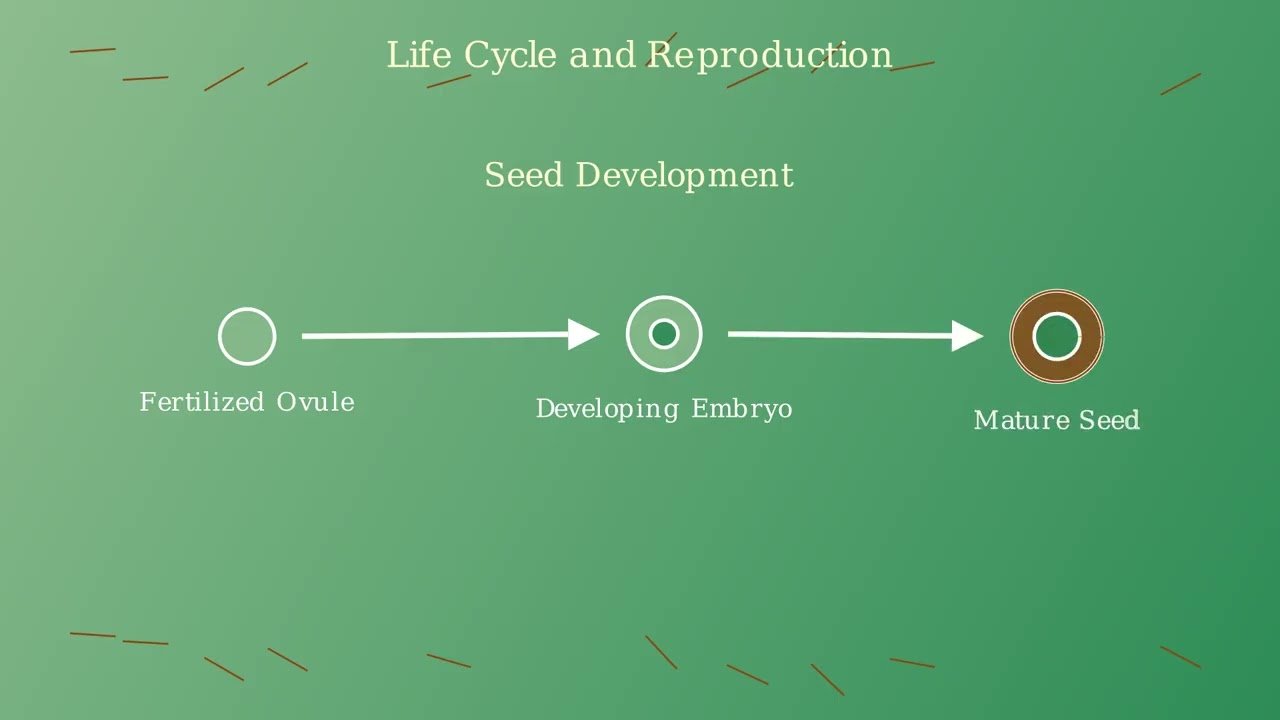
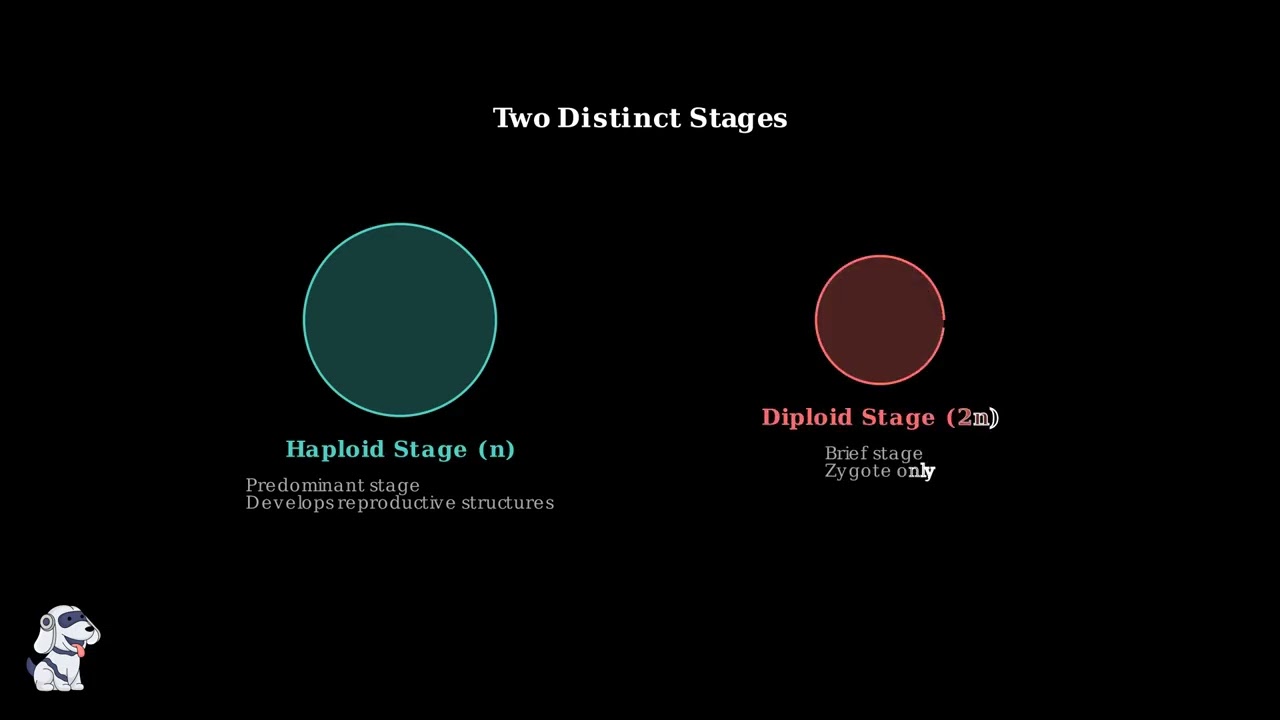

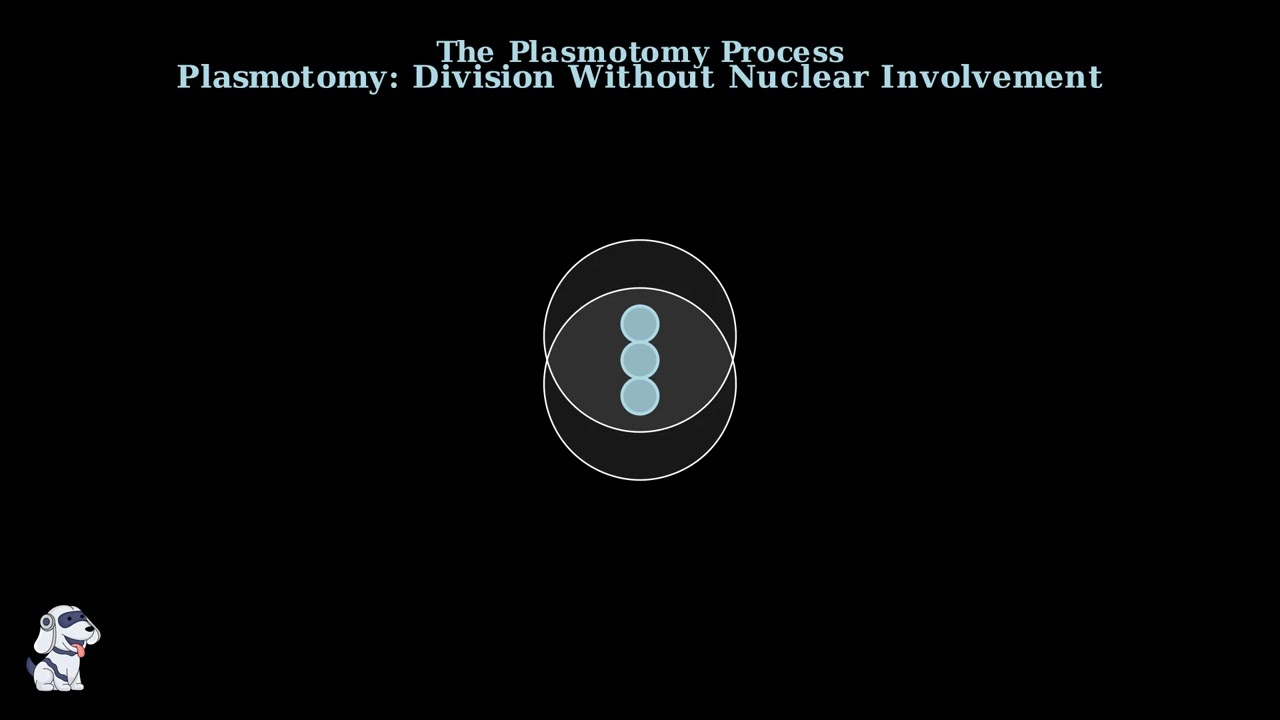
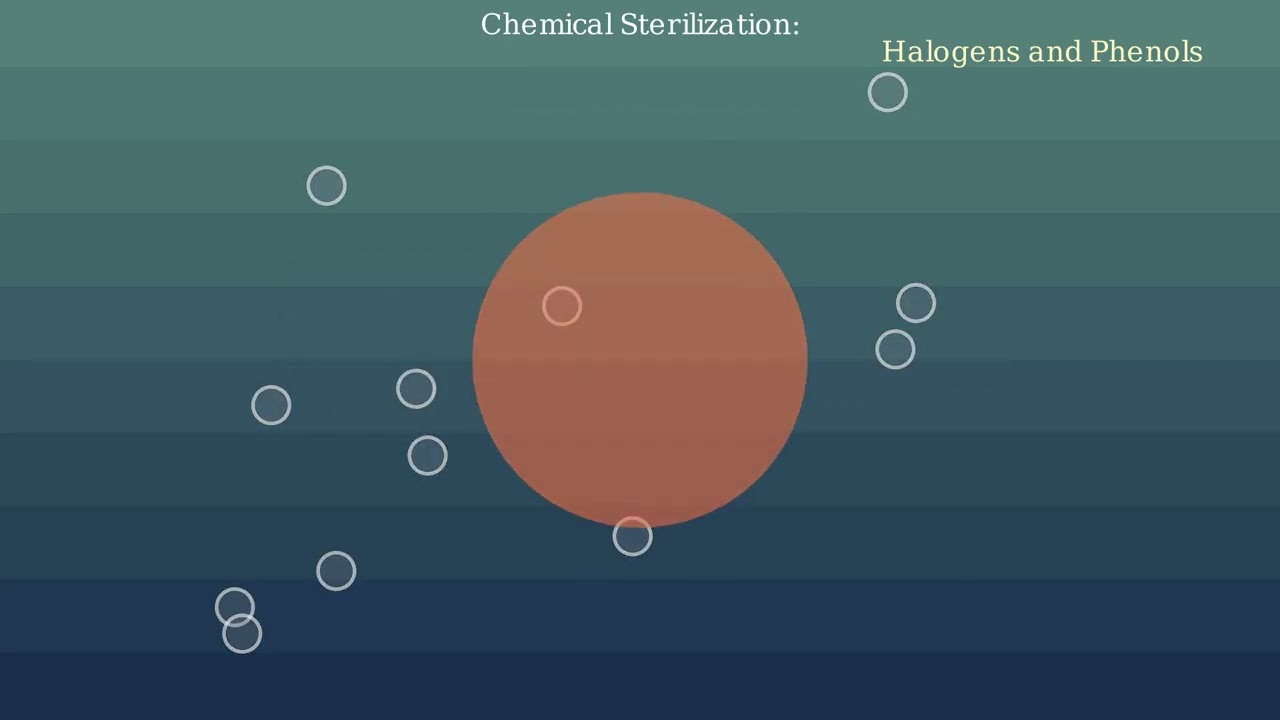
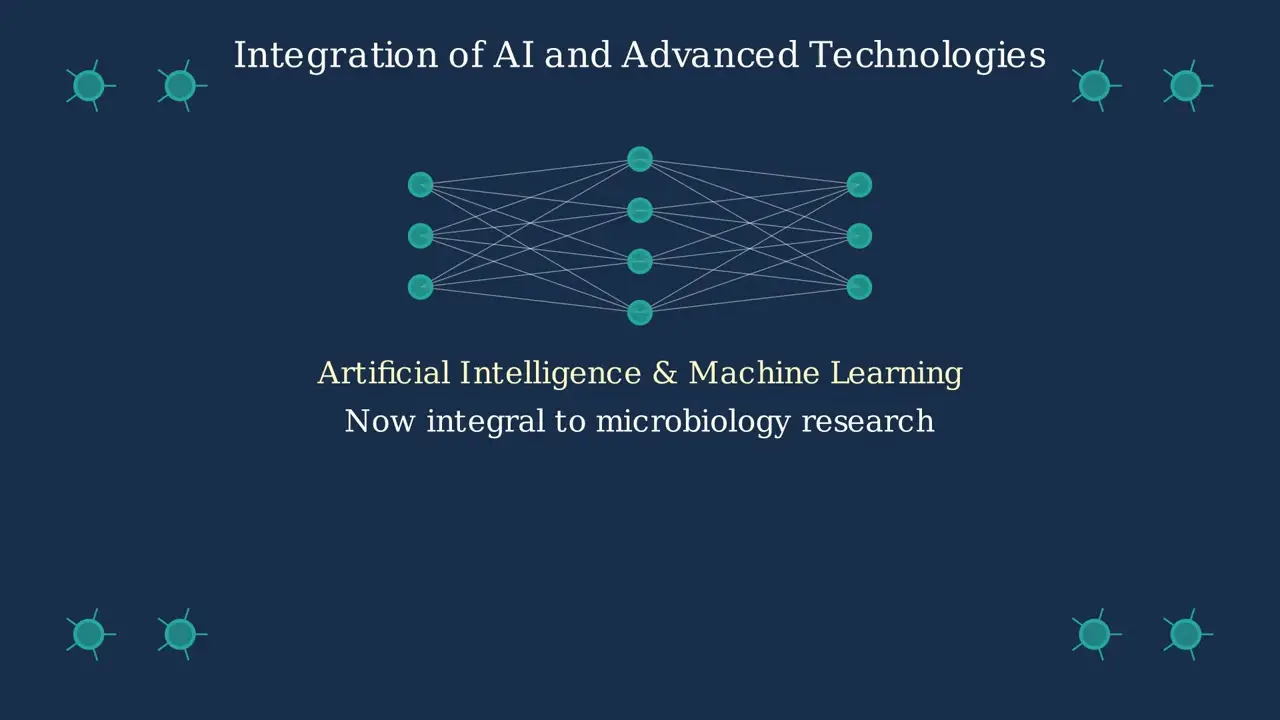

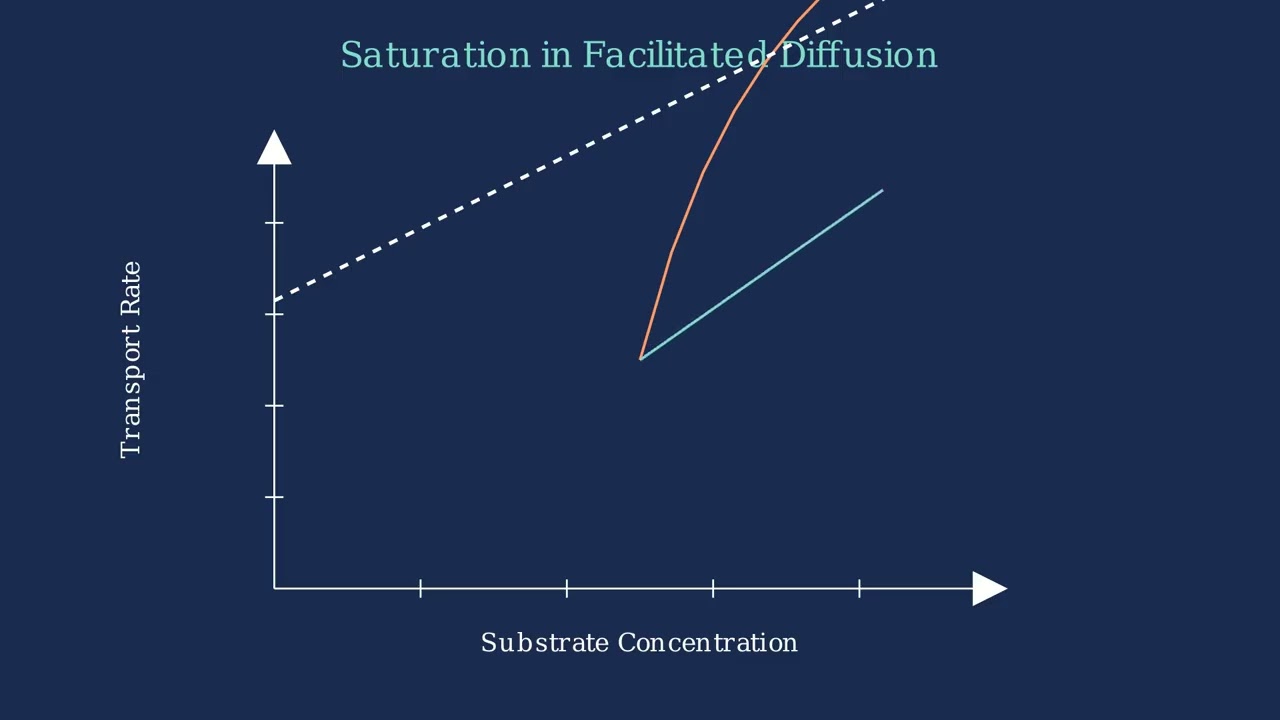
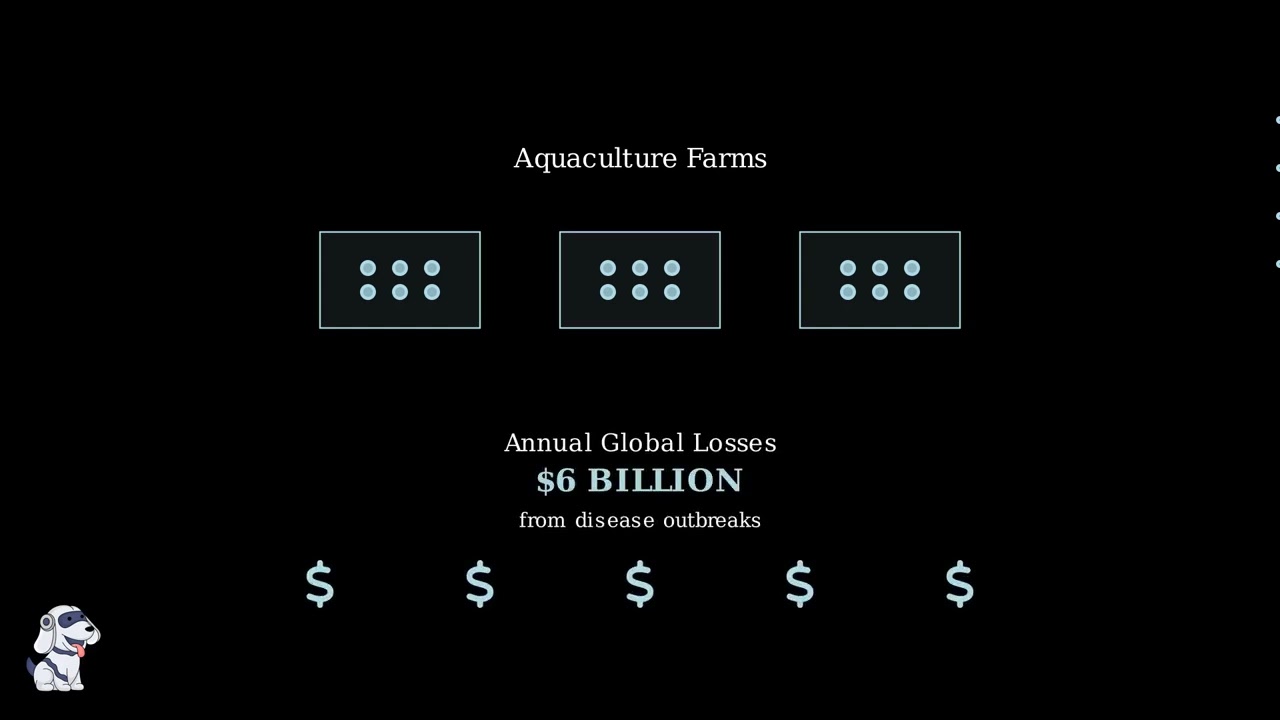
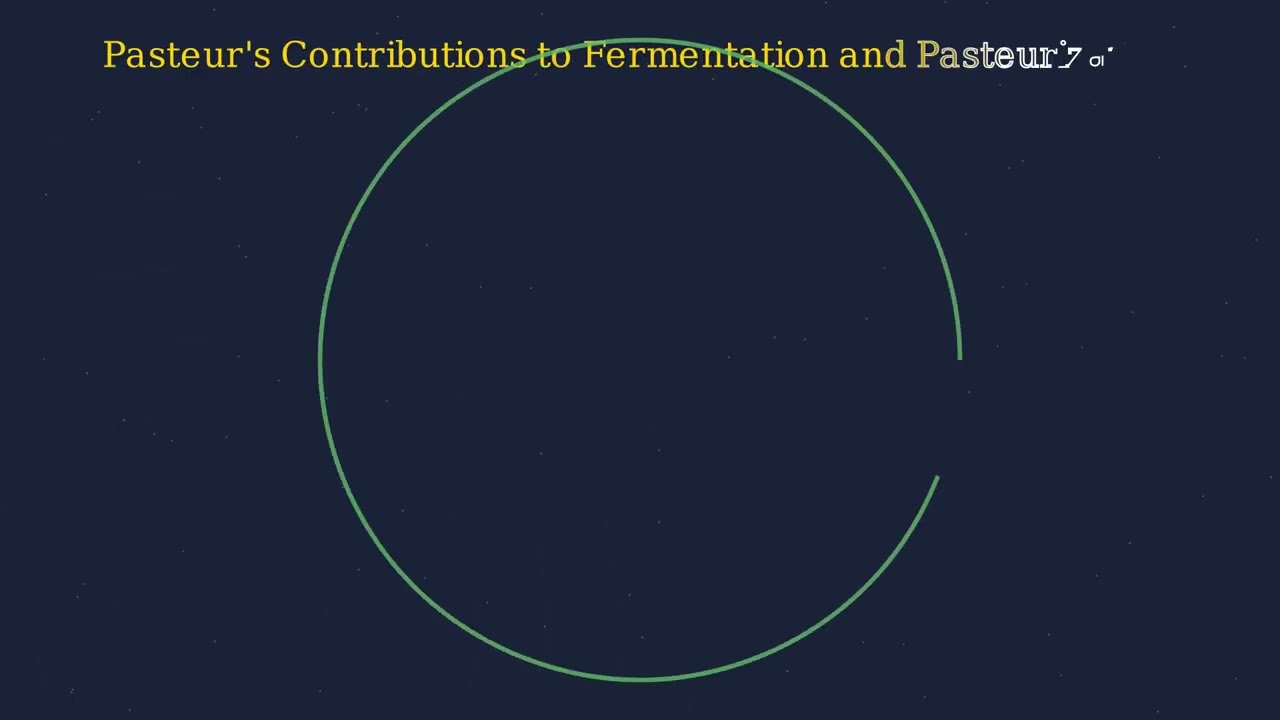
- Text Highlighting: Select any text in the post content to highlight it
- Text Annotation: Select text and add comments with annotations
- Comment Management: Edit or delete your own comments
- Highlight Management: Remove your own highlights
How to use: Simply select any text in the post content above, and you'll see annotation options. Login here or create an account to get started.